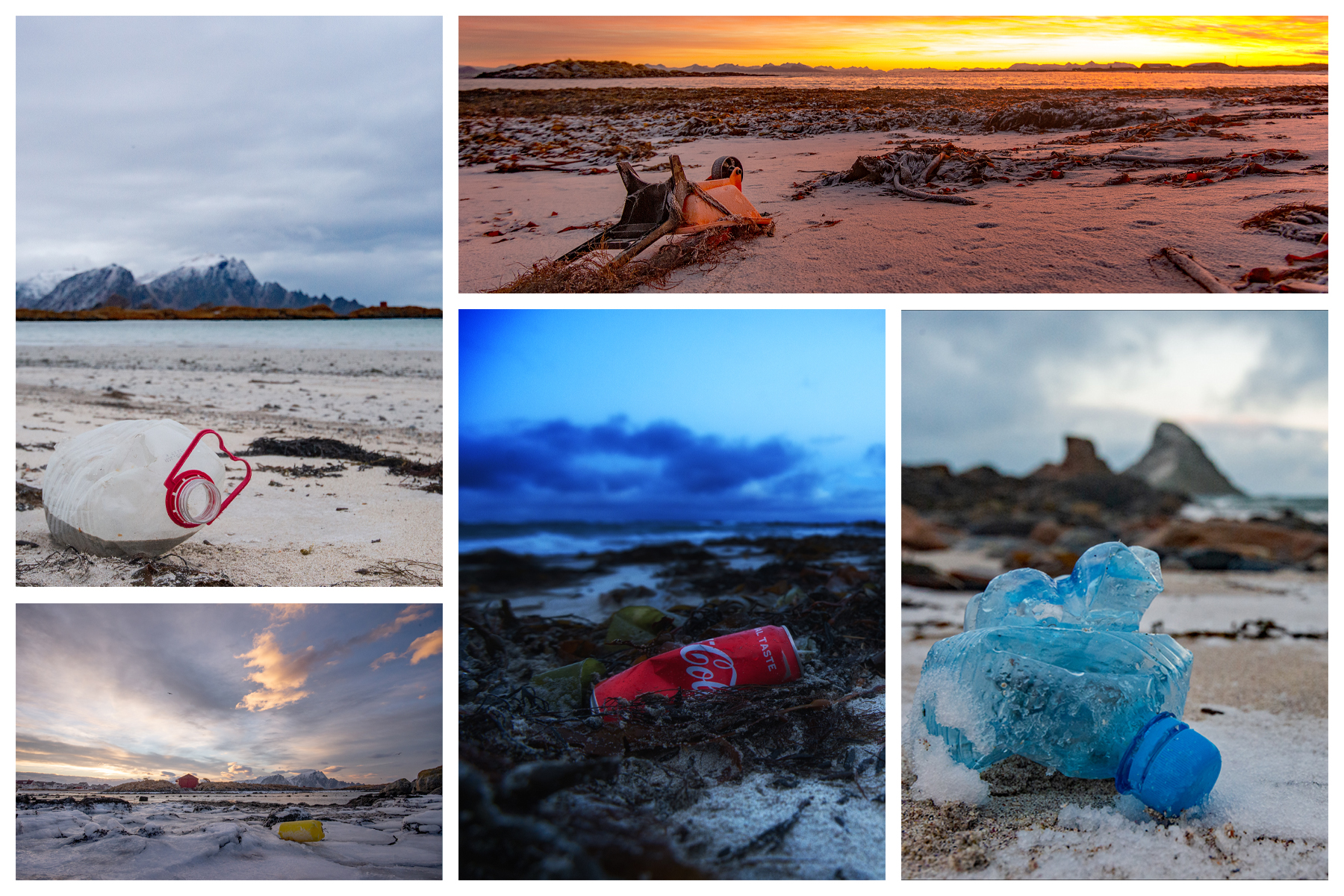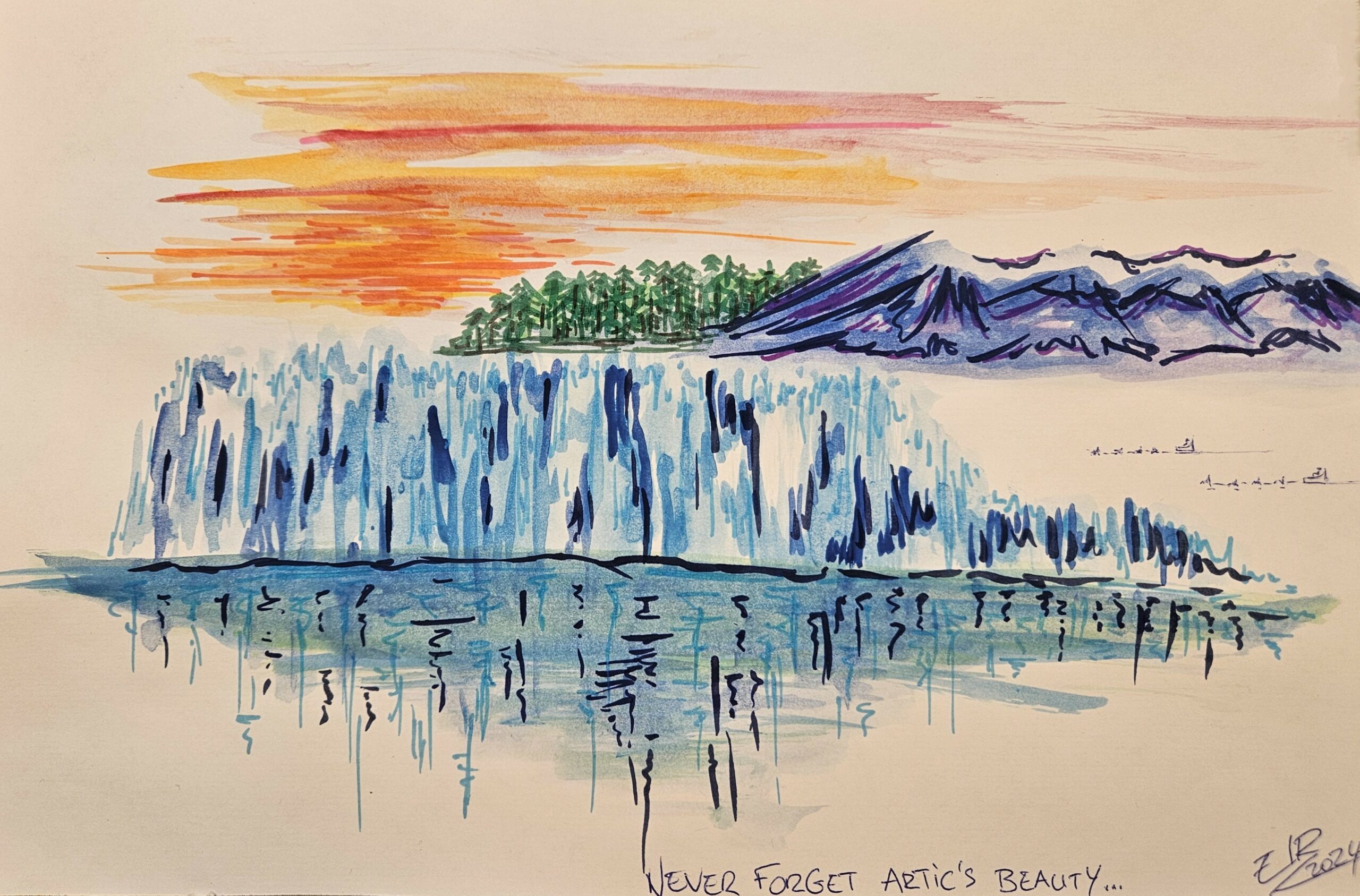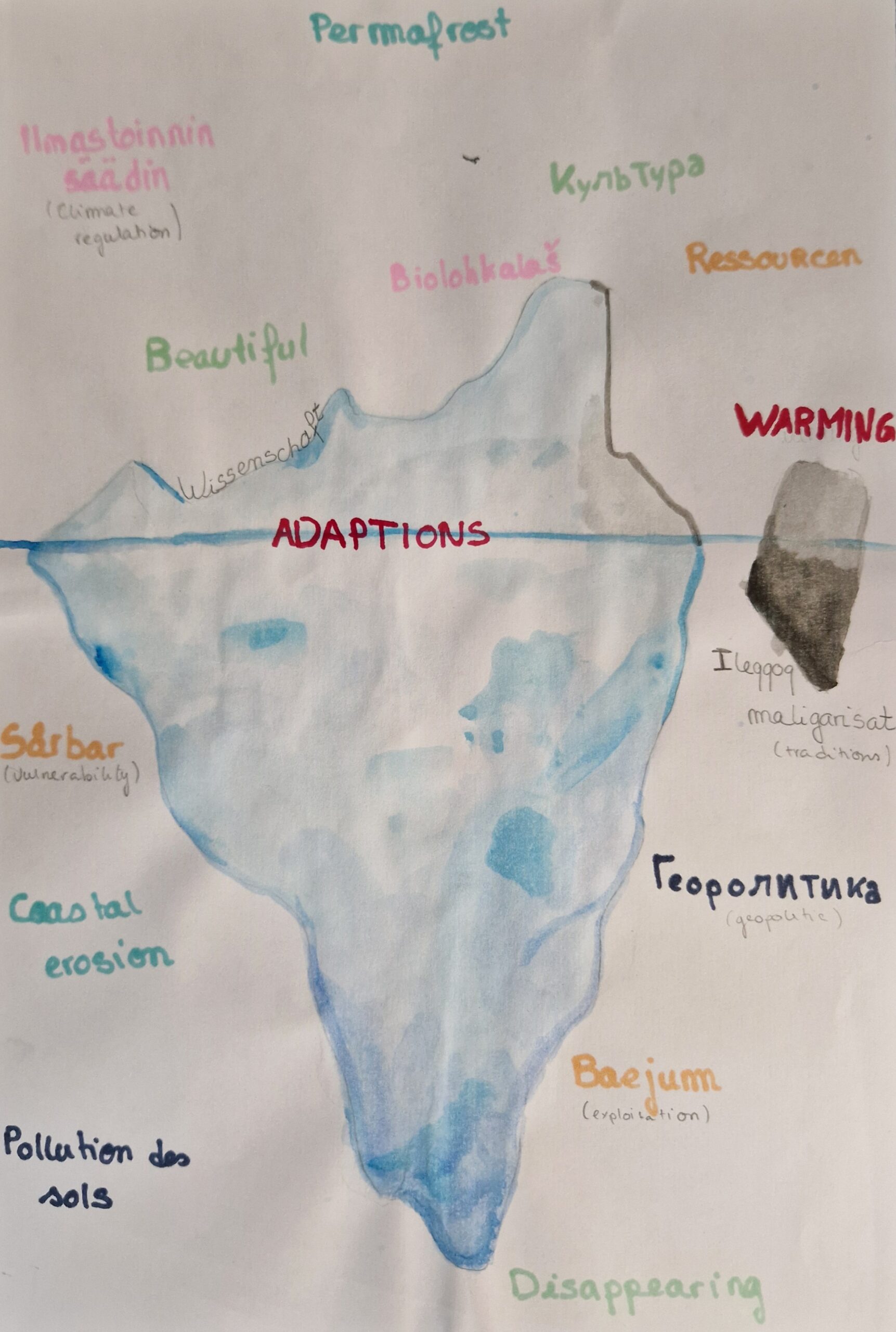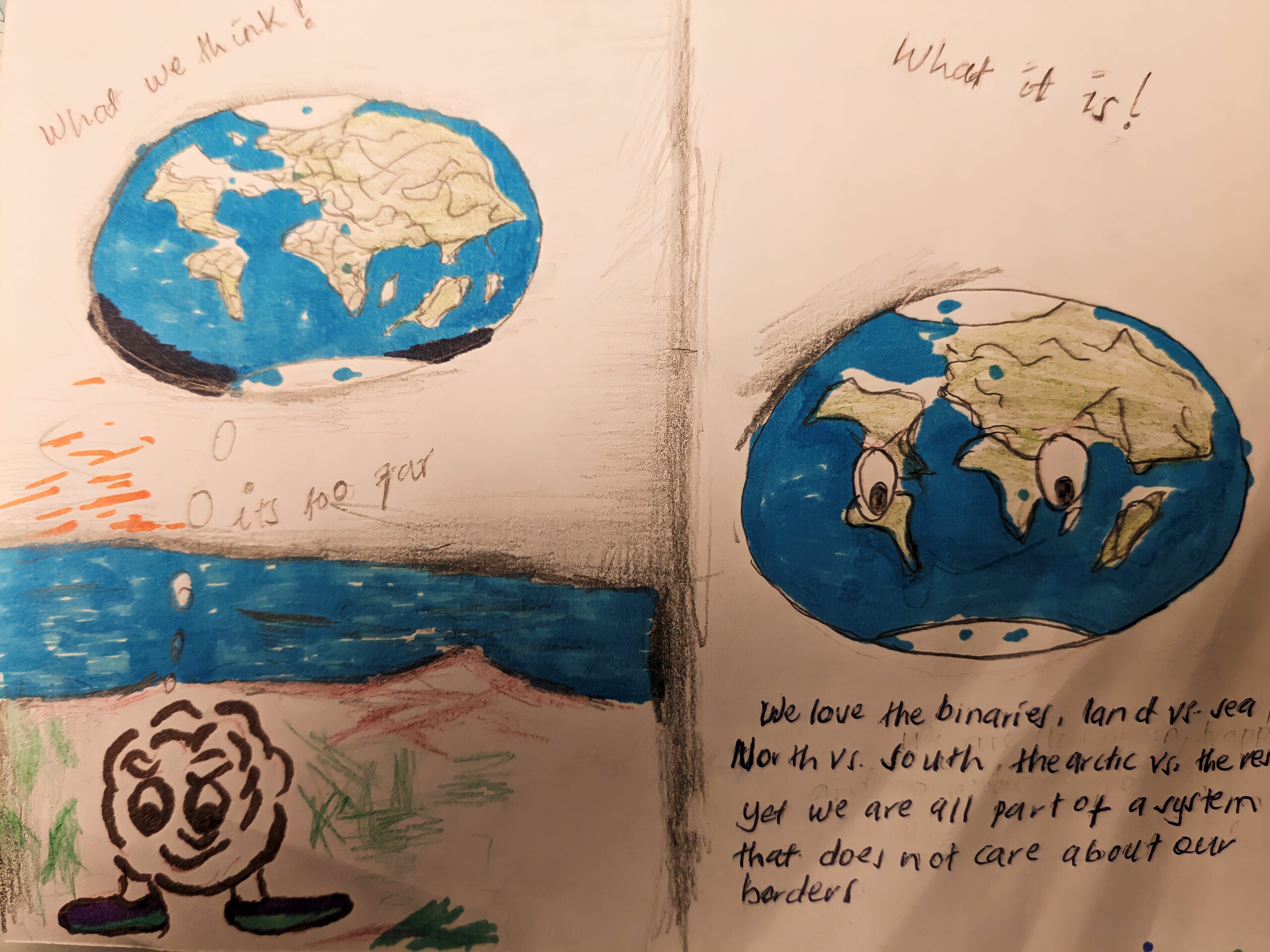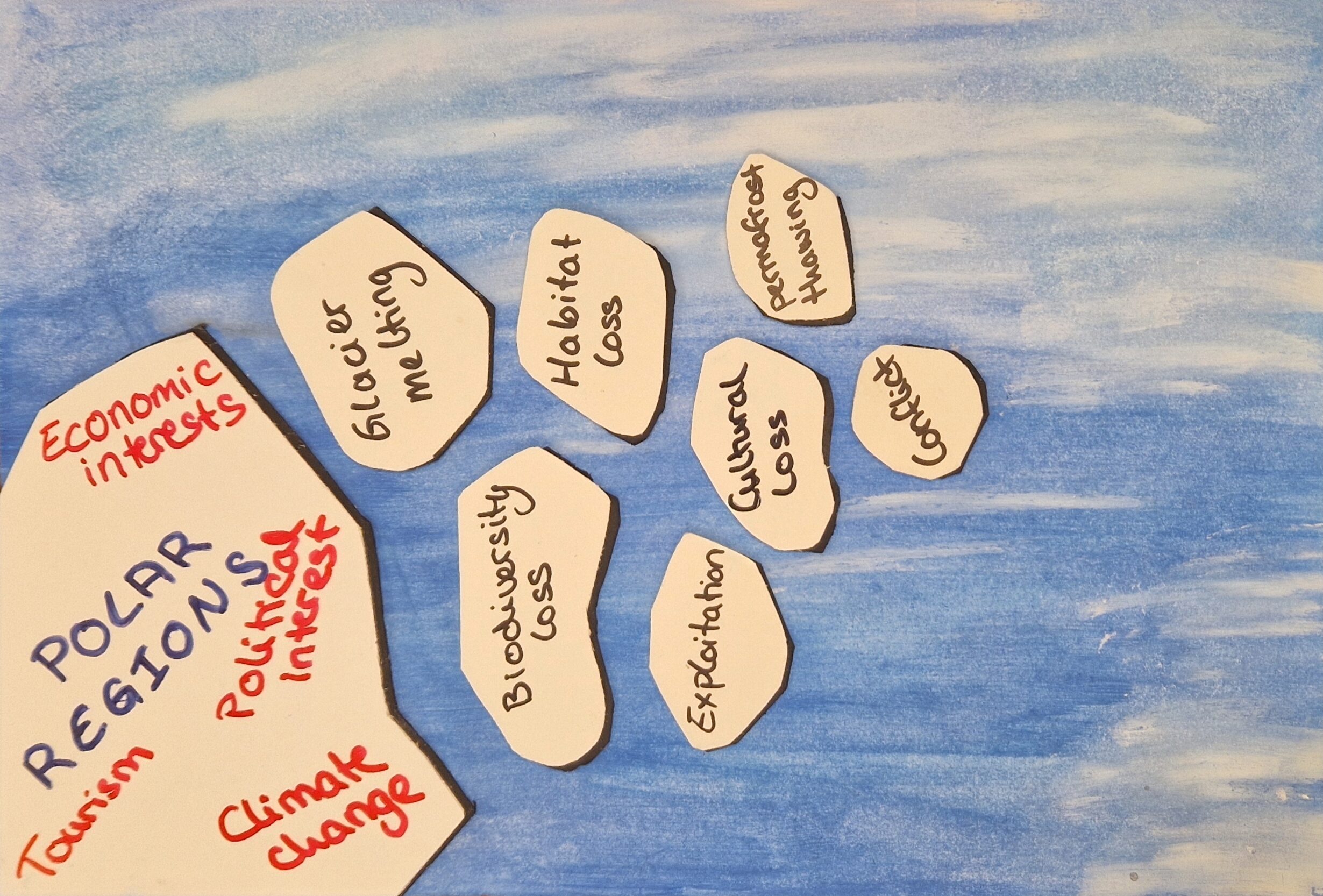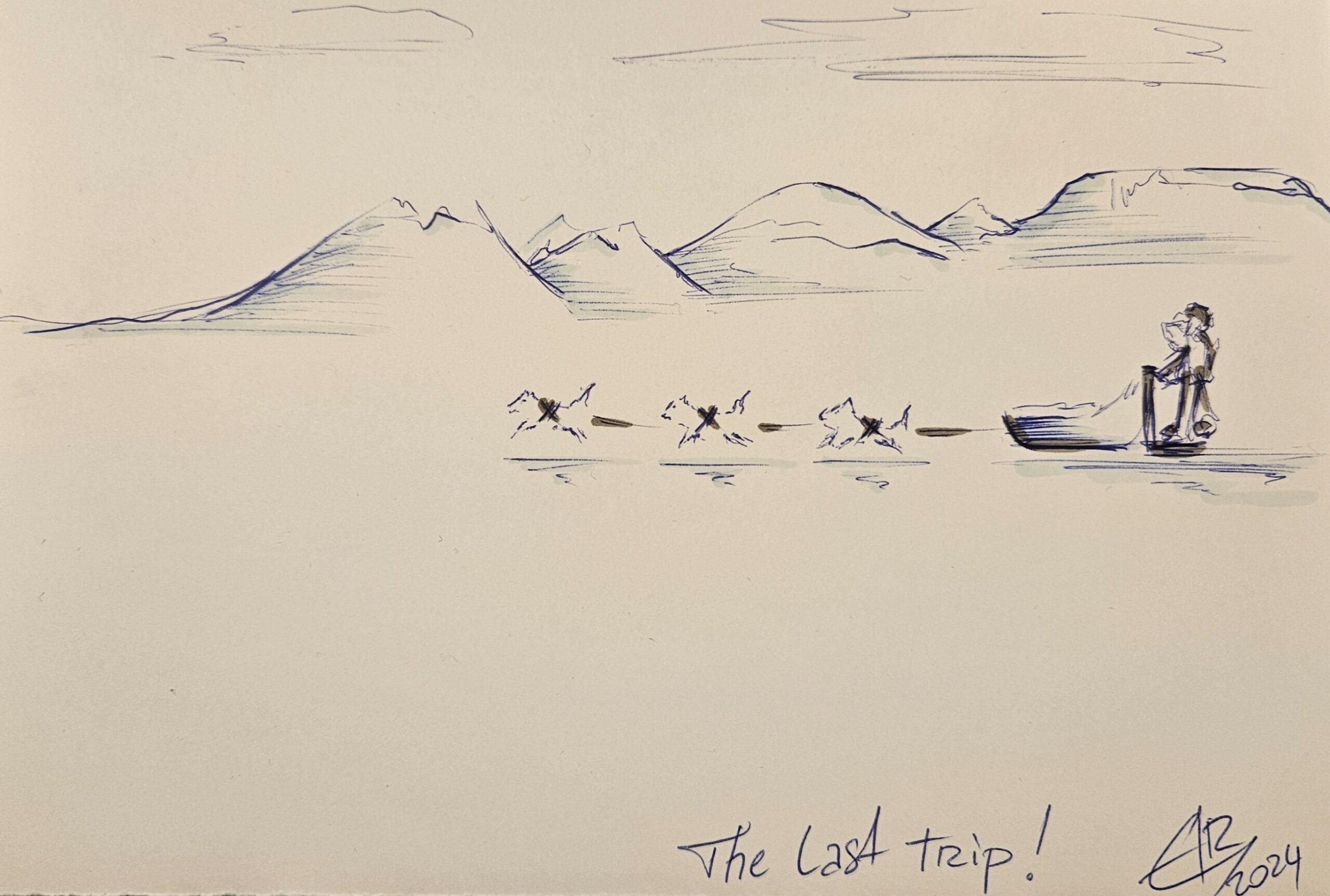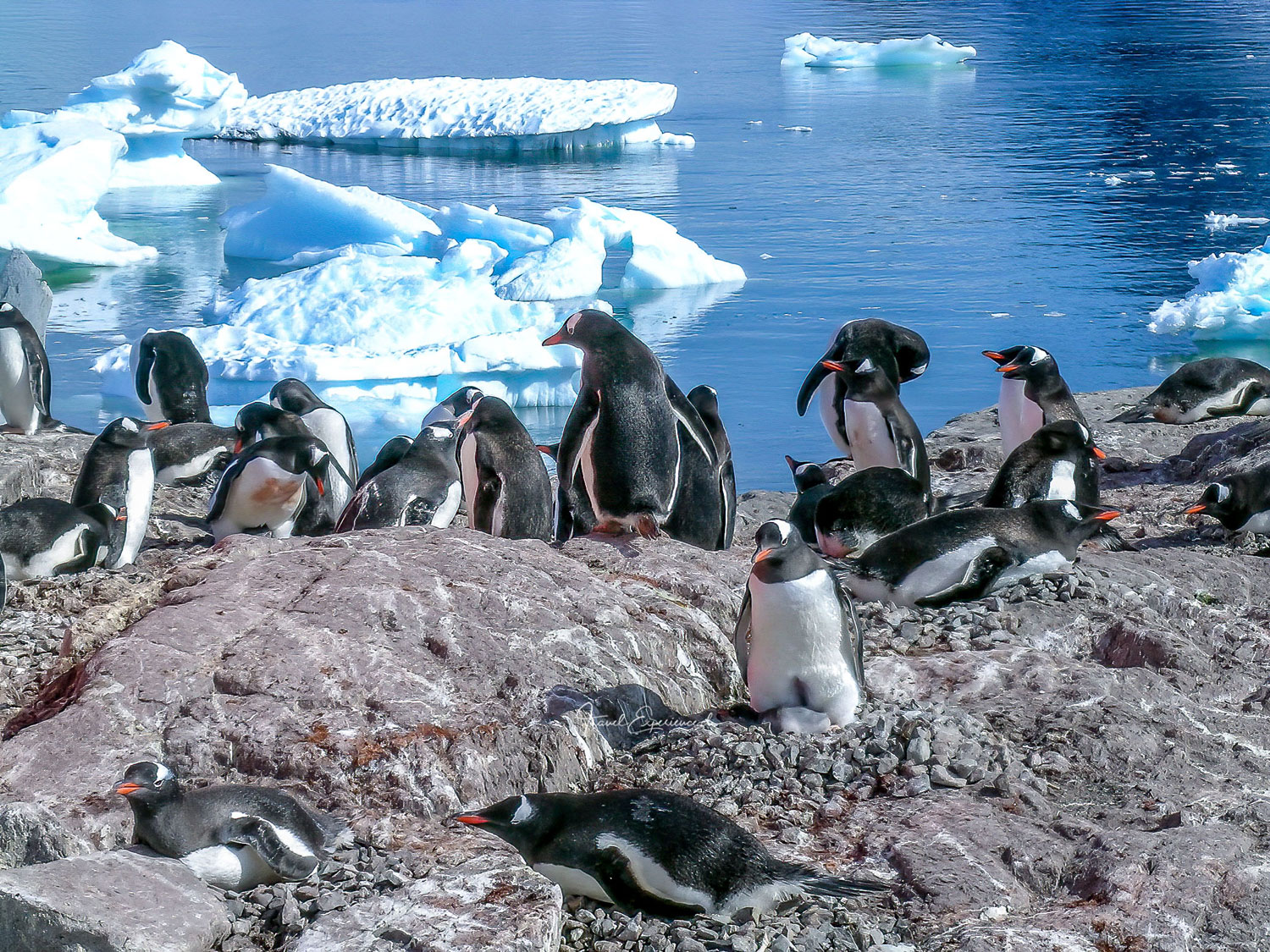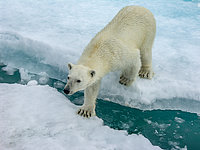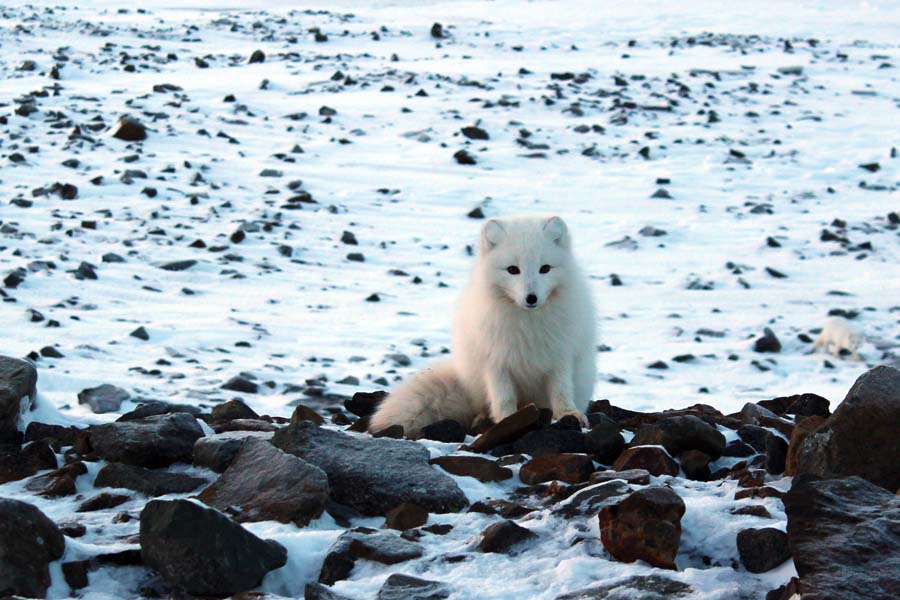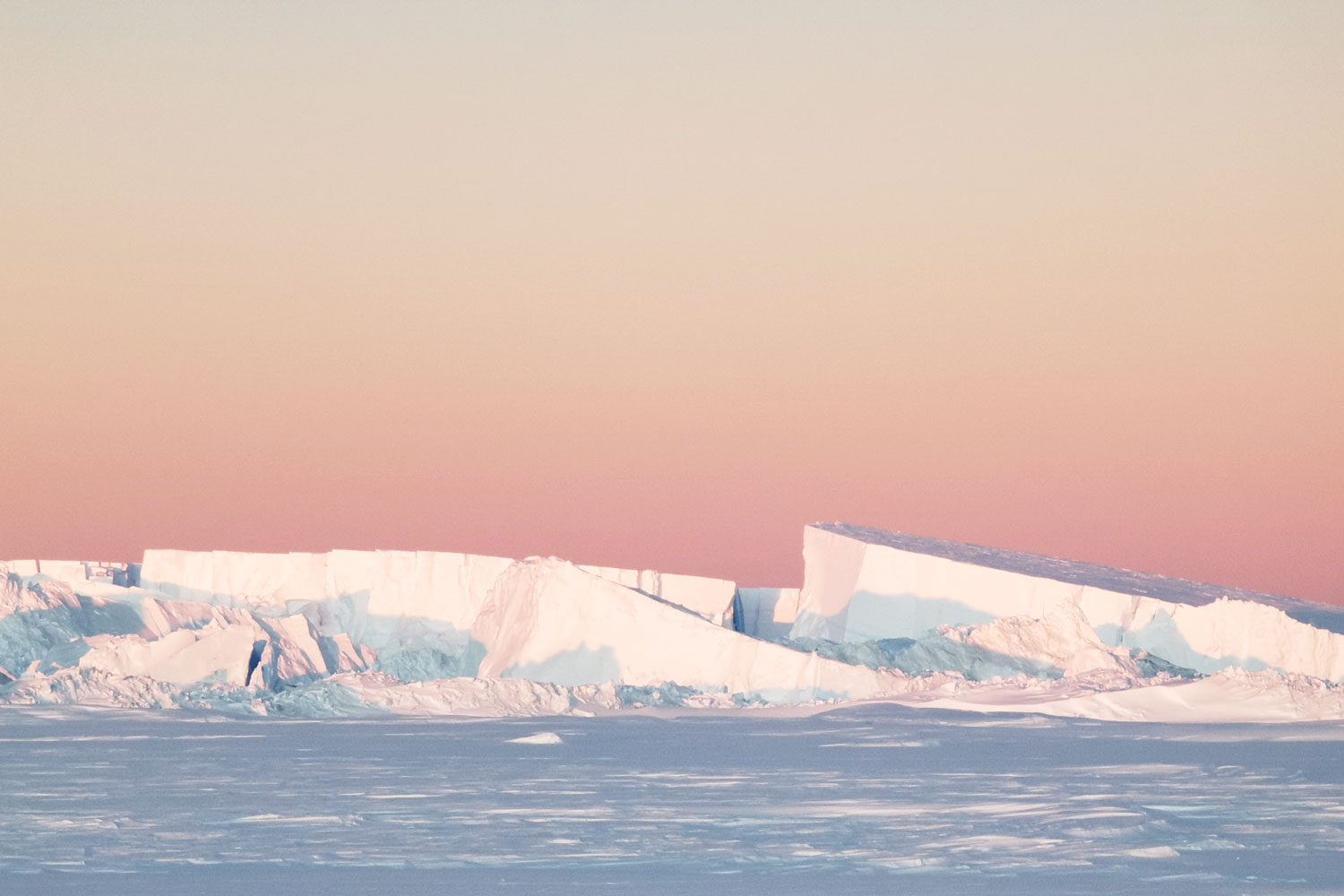Greenland: Thawing permafrost and challenges for local wool production
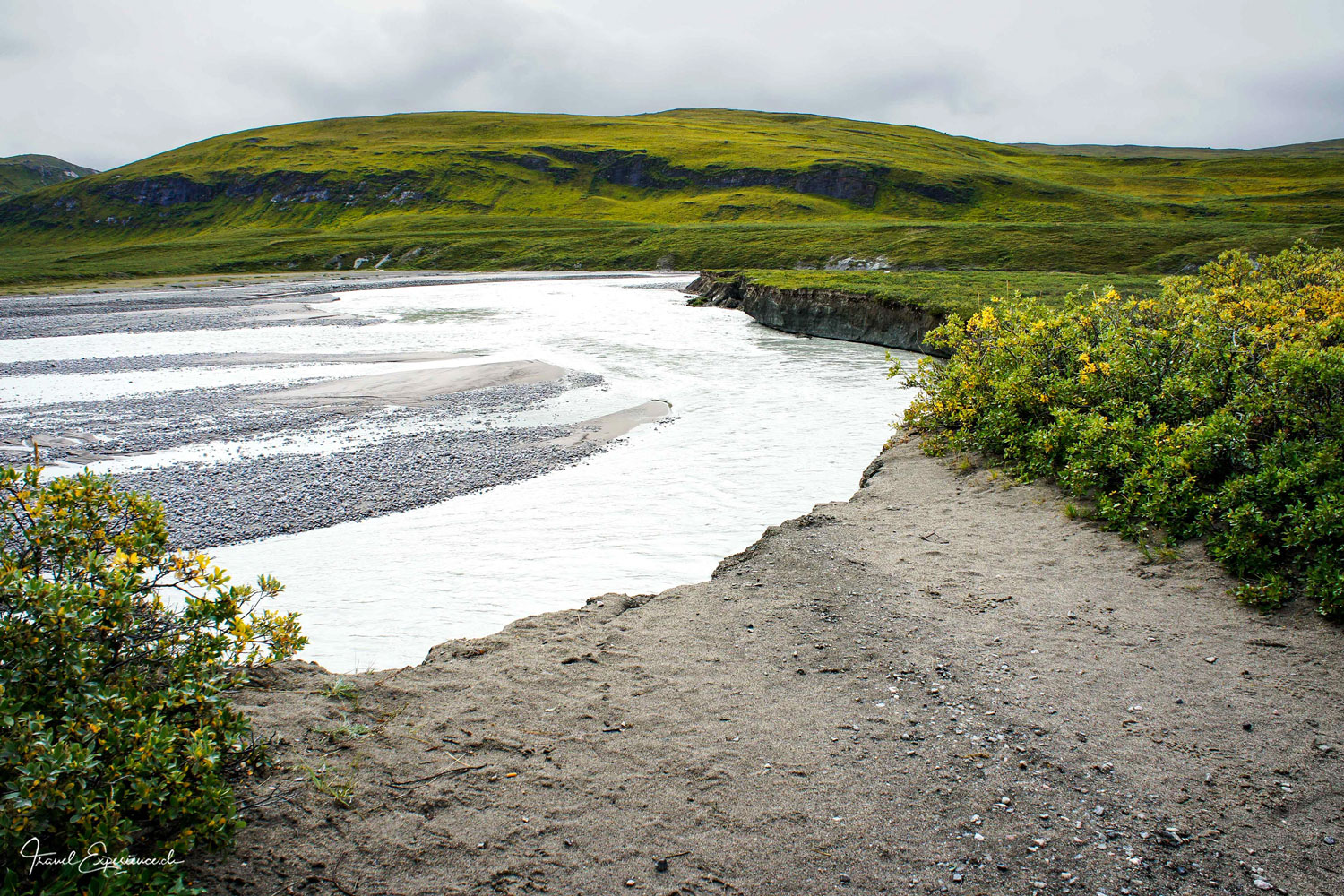
In August 2012, I was on research trip in Greenland. Nowhere else did I notice the climate changes of the time more than here. As soon as we arrive in Kangerlussuaq, the country’s main airport, we are confronted with melted permafrost: We stand at a demolition site where a month ago there was still a country road. It was simply washed away by the Watson River during a heavy rainfall because the soil had thawed and thus become loose. Permafrost soils, means permanently frozen soils, are widespread in Greenland. Have been, it has to be said. This is because global warming causes the upper layers to thaw longer and deeper in summer, which deprives the soil of its stability. This can affect a road, but also houses that are not built on rock.
In Sisimiut, the women tell me that they can no longer process as much wool because the musk oxen produce less undercoat in their fur as temperatures have risen. Instead of around 1200 grams as in the past, only 800 grams of Qiviut can be combed from the animals’ chest area. Qiviut means fluff in the language of the Inuvialuit Eskimos. This ultra-fine wool is much warmer than sheep’s wool and is made into caps, sweaters, scarves and more by the women in Sisimiut.
Location: Northwest of Kangerlussuaq airport – Greenland, Arctic
Time: 2012 - August
Description:
In July 2012 there was still a country road here – then the river swept it away. A month later we are standing at the demolition. I wonder how it looks here today?
Contribution by: I. Jucker
Date of submission: 16/01/2024
More information:
You can find the entire Greenland report «Greenland on the rocks» on my blog TravelExperience.ch.



